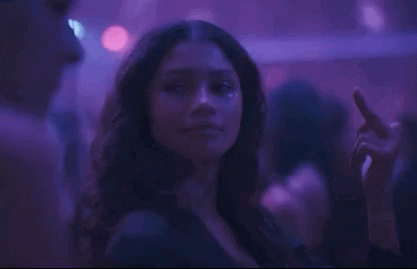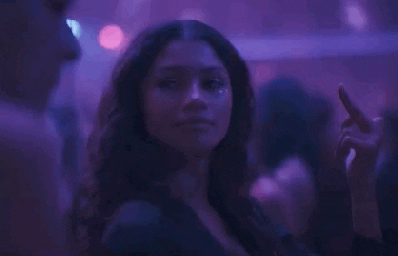Warning: spoilers ahead!
In honour of the second season of Euphoria (finally) coming out on January 9, 2022, I thought I’d revisit some of the reasons for the cult-following that the show ultimately gained. However, alongside the raving reviews for the first season of the show, it was met with an almost equal amount of criticism, notably from adults who disagreed with how graphic the show was. They believe that it made issues like addiction, toxic relationships and over-sexualization of minors look appealing to young, impressionable viewers. So why do we still love it?
The phenomenal cast
While any show that has great acting can gain a massive following based on this alone, Euphoria had a leg up from the start when it was announced that the show would be linked to the Canadian rapper and legend, Drake, who was given the role of an executive producer on the project. Fans also became excited for Euphoria when Zendaya was announced as the show’s lead. This drummed up buzz for the show well before it came out, and so when it was finally released it already had a loyal fan base. This admiration for the cast was only continued when viewers saw the impressive performances by the breakout stars of the show such as Hunter Schafer, Alexa Demie, Barbie Ferreira, Sydney Sweeney and Jacob Elordi (whose role in the show completely changed the public’s perception of him from the cringy actor in The Kissing Booth to an extremely attractive and talented actor). The raw and emotional performances that these actors put on not only established themselves in the media as extremely gifted performers but also made the storylines feel so real and compelling.
The portrayal of real issues
Sam Levinson, the creator of Euphoria, has said that many of the storylines (namely the main character Rue’s struggles with addiction) were based on his real upbringing and struggles. This is what gives the show such an authentic element, especially in contrast to many of the new shows on Netflix, where 30-year-old writers are trying to guess at teenager behaviour by making the characters be overly awkward and say things like: “Did you just yeet over that chain?” These cringy teenager stereotypes are thankfully not present in Euphoria, which makes viewers connect with the characters and storylines more because it feels far more in touch with reality. Furthermore, the heavy topics that are portrayed, though they’re very graphic to be showing to impressionable teenagers, are unfortunately the realities that many of those teenagers could face. While critics of the show argue that it makes these issues look overly appealing, the opposite can also be argued. These characters must face the consequences of their actions (a concept rarely present in television shows), which lessens the appeal of their struggles.
The structure
Euphoria is structured perfectly, in my opinion. The first season contains eight episodes (plus two special holiday episodes), which are all around an hour in length. Had there been any more episodes, I think that viewers might have lost both their desire to see what happens next and their fascination with the storylines. But, since there are only eight episodes, they’re left wanting more which creates a strong demand for a second season.
The drama
While the show can be very serious and sad at times, it does so while still including the teenager drama that viewers love. Maddy and Nate’s toxic on-again-off-again relationship makes the fans want better for Maddy, and every time Rue relapses the fans just want to scream. When Nate successfully blackmails Jules into falsely testifying at the police station, it’s frustrating. The characters’ unfortunate actions provoke real emotions in the viewers, which makes them want to keep watching in the hopes that they get a better outcome.
The aesthetics
One of the reasons that Euphoria blew up was because of its beautiful visuals, makeup and costumes. TikTok went crazy with recreations of the stunning eyeshadow looks that the characters wore, and fans rushed to buy Maddy’s iconic carnival scene outfit. So much attention was put into the small details of the aesthetics of the show. This added up to a distinctive and unique visual identity that the show became associated with, adding to the obsession many viewers had with Euphoria.
Overall, while the critics do make valid points about some of the drawbacks of the show’s content, I believe that it has established itself as a riveting and informative commentary on important issues that teenagers face. I will surely be tuning in on January 9th for the sequel.


